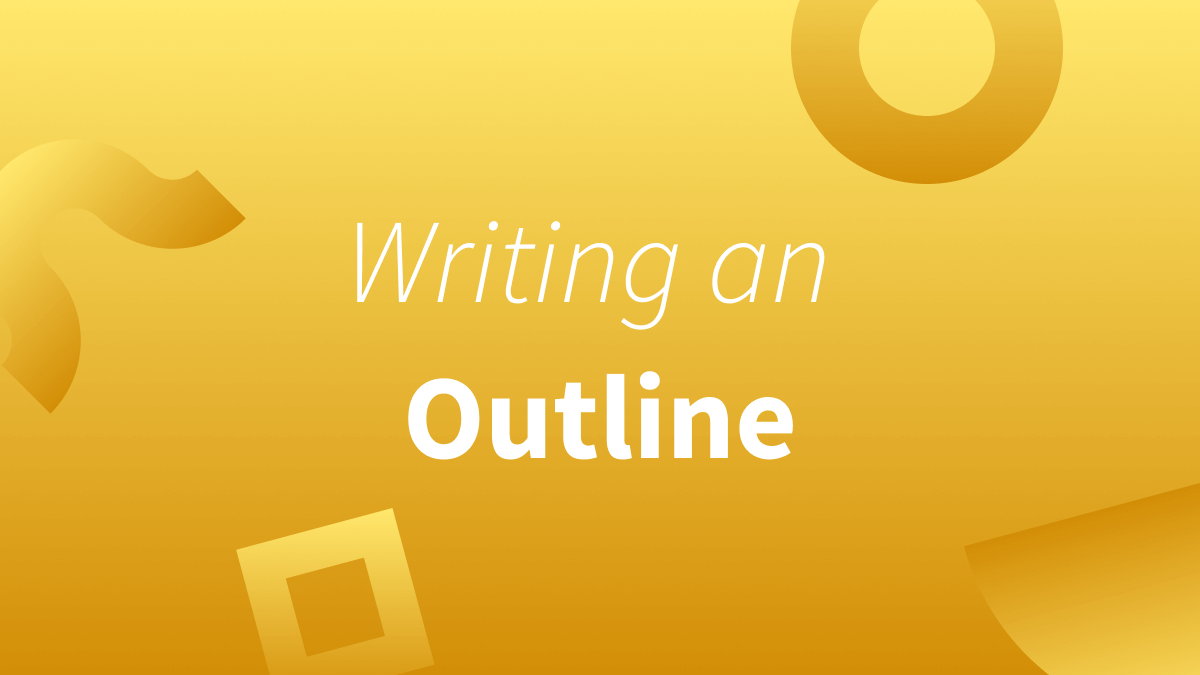How To Write an Outline:
Writing an Outline
Writing an outline is one of the many hacks writers use to elevate their writing. An outline is helpful because it helps organize your thoughts, but also because it serves as a blueprint for your larger text.
Knowing the general idea of what you’re going to write and how you’re going to express it will help you avoid writer’s block. That’s why knowing how to write an outline is essential.
How To Write an Outline
1. Choose your topic
First thing’s first: Choose what you’ll be writing about. If you’re writing for school or for work, the topic may be chosen for you. But if it’s not, try to pick a topic that you’re passionate about, a topic that is timely, or a topic that is impactful.
2. Decide on the objective
Then ask yourself, what is the purpose of your text? Is it to persuade or convince others? Is it to inform or educate? Is it to analyze? Knowing your objective is important because it’ll help you with the next step.
3. Research and write down notes
Now you can start researching and writing down notes. Because you know your objective, you should know exactly what type of information to look for. Your notes don’t have to be elaborate—they can be fragments of ideas and serve as reminders for what your final text should include. Remember, notes can be written by hand or in whichever word processor you prefer.
4. Separate notes into “main ideas” and “supporting ideas”
Once you have finished with your research, read your notes and decide which are the main ideas and which are supporting ideas. The main ideas are what you’ll be writing about in each paragraph, and your supporting ideas will help get your message across.
5. Decide the sequence and organize notes
The final step is deciding how you want to present your information. Will it be chronological? In order of importance? Will you present the problem and then the solution? There are numerous ways you can structure your writing. Once you decide, you can organize your notes and place them in their proper order.
Example Outline
If you’re wondering how to structure an outline, you can use the example below as a guide.
The Benefits of Writing an Outline
If you’re writing an outline for yourself, it can be somewhat messy and include sentence fragments, as long as you understand what you’re writing. But if you’re writing an outline for school or work, you want to make sure that it’s immaculate. LanguageTool can help! This multilingual spelling and grammar checker can ensure your text is flawless.

